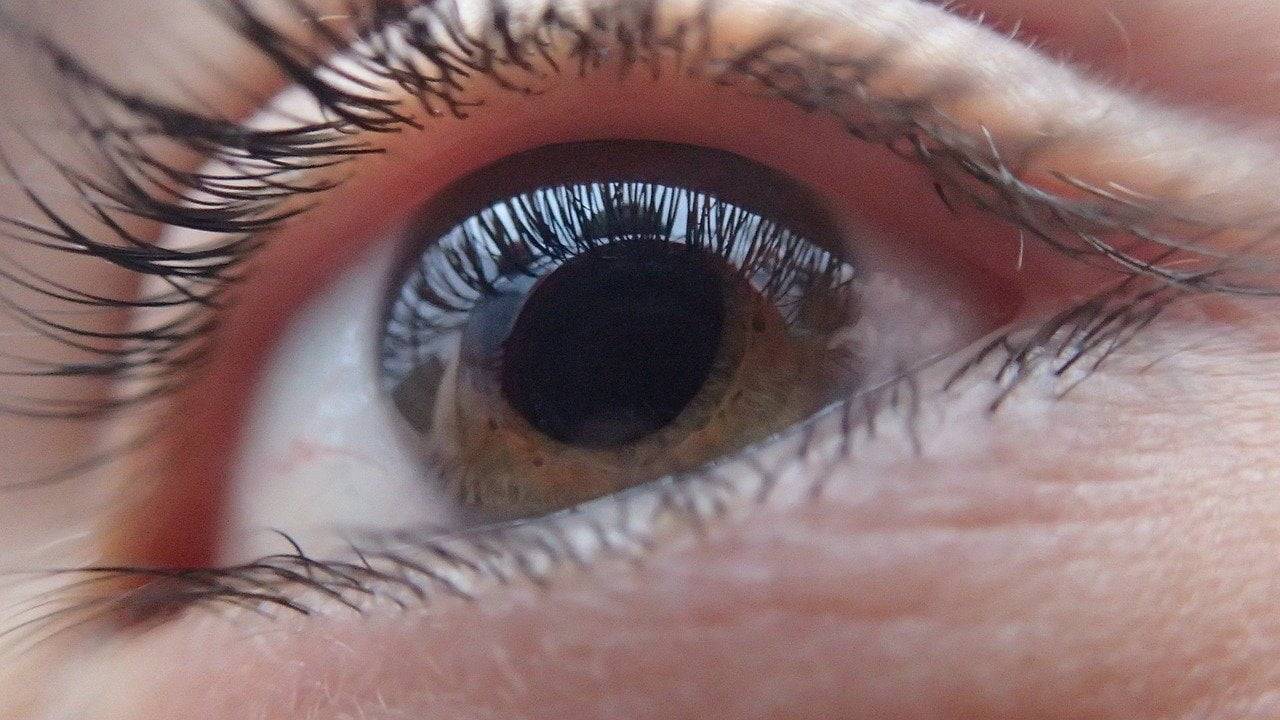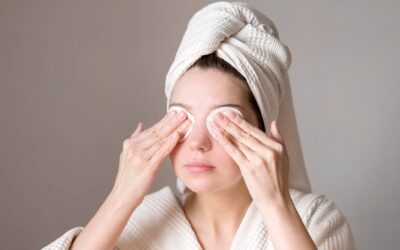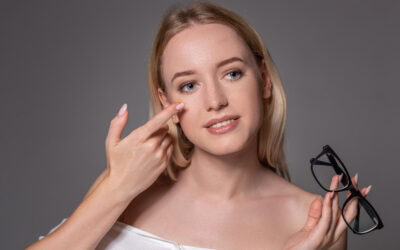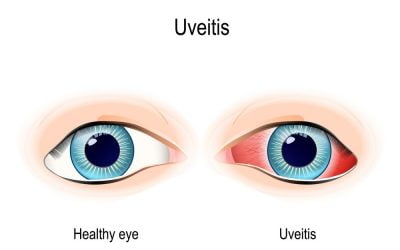Eyesight is one of man’s most precious possessions and to lose it totally, or even partially, is indeed a tragedy. Before we consider the care of the eyes and preservation of eyesight, let us examine the Structure and Functions of the eye. However, in this pandemic situation where most of the classes are conducted online basis, it is important to know how to take care of eyes for computer users? or How to take care of the eyes during online class?
Structure and Functions of the Eyes.
The eye can be compared to the camera and its component parts. The refractive system of the eye via cornea and lens, correspond to the lens of the camera.
The iris and the pupil correspond to the diaphragm and its variable aperture, in the camera. The retina corresponds to the photographic film of the camera, where the images are formed. From the retina the images are conducted by the optic nerve to the occipital lobe of the brain, where they are interpreted.
The visual function of the eye comprises of central vision, peripheral vision and colour vision. Central vision enables us to see minute objects in the direct line of vision e.g. reading, writing and doing fine work.
Peripheral vision or field of vision makes us aware of the objects around us, even if we are not looking directly at them. Colour vision enables us to distinguish various colours and hues which we perceive in day to day life.
How To Take Care of Your Eyes or Eye Care Tips For Beautiful Eyes?
To take care of your eyes, the following steps of eye care should to be follow;
Diet.
Patients often inquire regarding diet, beneficial for their eyes. A mixed balanced diet, with accent on milk and green vegetables is best.
Pure vegetarian diet is deficient is proteins and requires supplementation with milk, curd, paneer (cottage cheese), soya beans etc. In elderly persons the diet may be augmented with any good multivitamin preparation.
Exercise.
Eye exercises are indicated when there is muscle imbalance in the eyes. Your eye specialist may suggest exercises on an instrumental (synoptophore) and teach you home exercises also.
Palming, via covering the eyes with the hollow of your palms, is good for relaxation of the ocular muscles, and gives a sense of relief and comfort to the eyes.
Refractive Error (Weakness of Eyes).
This can be corrected with suitable glasses for distance and near vision, as indicated. It cannot be corrected with medicines, exercises, diet, physiotherapy etc. contrary to general belief. Recently the operation of Radial Keratotomy has been advocated for correction of myopia or short sight.
However, this operation should be performed in selection cases only and not injudiciously in all cases of myopia. One of the main pre-requisites is that the myopia should be steady from 1 ½ to 2 years, before undertaking this surgery.
Common Ocular Diseases.
Trachoma.
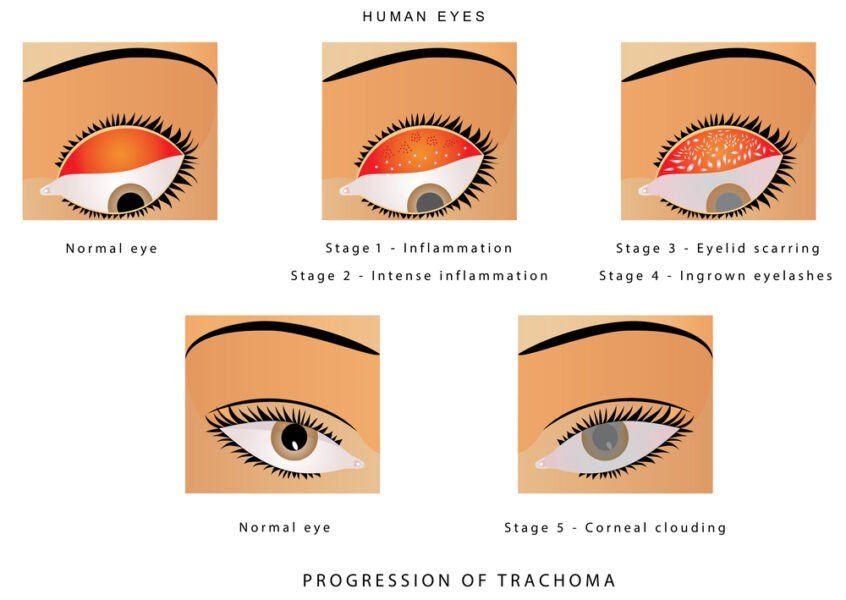
This is a disease of the external coats of the eye called the conjunctiva and cornea caused by virus infection. It produces itching and gritty sensation in the eyes, and discharge, which often collects at the corners of the eyes.
If treated early, it is curable and does not cause any complications. Neglected cause of trachoma, may cause serious complications or even loss of the eye.(1)
Conjunctivitis.

Often called a sore eye or a pink eye, is usually due to bacterial infection but may be due to viral or fungus infection in certain cases. If treated early, it is harmless, but neglected cases can cause ulceration of the cornea and other serious complications.(2)
Cataract.
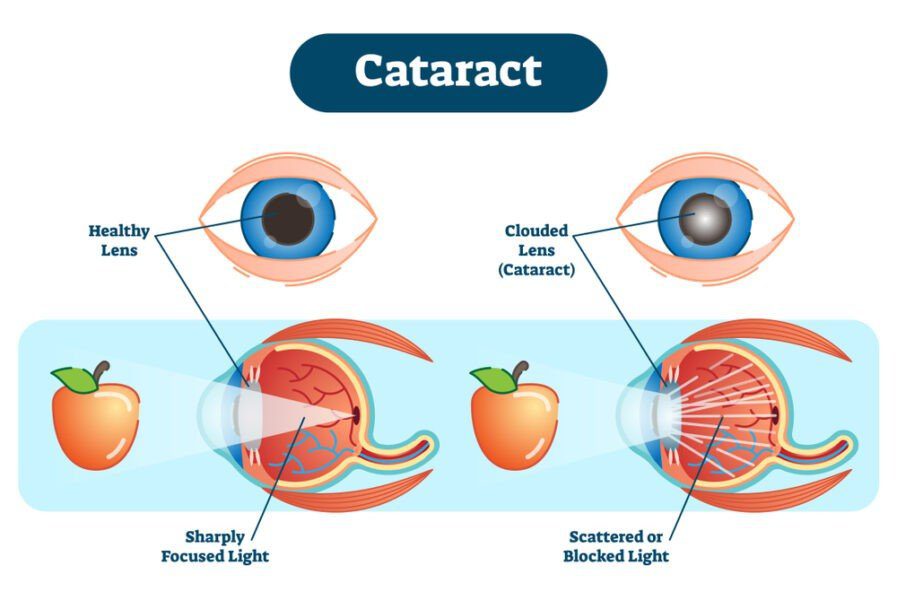
Besides senile cataract which occurs in old age, you also have congenital cataract which a child is born with, traumatic cataract due to injury and metabolic cataract due to diabetes and certain other diseases.
Cataract causes progressive deterioration of vision and is curable by surgical removal. It is a fallacy that surgery should wait till complete maturation of cataract.
With modern micro-surgical techniques, cataract should be removed when it is sufficiently advanced, to reduce the vision to an extent when a patient cannot carry on his day to day activities. Cataract is nothing but an opacification of the lens of the eye.
Nowadays the cataract is removed surgically, and a clear acrylic lens is introduced in its place at the same time. This technique saves the patient from wearing very thick spectacle lenses with their consequent disadvantages, such as glare, magnification, limitation of field of vision, difficulty in judgment of distances, and lack of proper orientation.
If your vision deteriorates a few months or even later after the operation, do not get worried. It is probably due to thickening and opacification of the capsule, and can easily be remedied by a few shots of the YAG Laser, which is a quick painless and outdoor procedure.(3), (4)
Glaucoma.
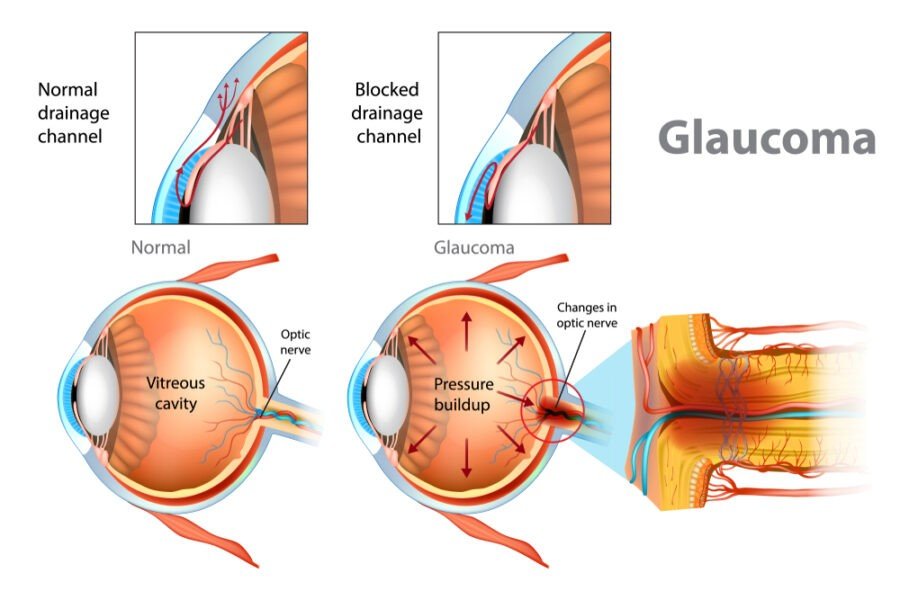
This is disease in which the tension or pressure of the eye is raised, with consequent damage to the delicate structures of the eye. It is important to remember that the extent of visual loss due to glaucoma is not recoverable and hence the importance of early detection and treatment.
It is equally important to remember that central vision is affected very late, and hence the condition goes undetected by the patient. The field of vision is affected early, and hence the importance of a routine check of tension and field of vision.
Glaucoma is often controlled by medical treatment; surgery is indicated when medical treatment fails to control the condition.(5), (6)
Squint.
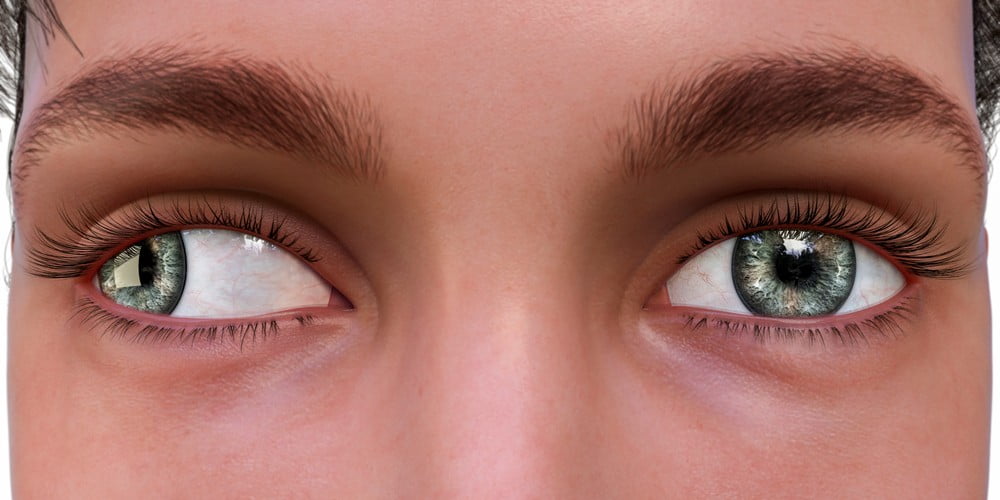
There are two types of squint, Pseudo or apparent squint and true squint. Pseudo-squint, as the name suggests, is not a squint at all, and only gives the impression of squint due to a particular type of configuration of the face and nose.
There is no treatment and only requires re-assurance of the parents. True squint should never be neglected as it causes deterioration of vision in the squinting eye and looks unsightly, thereby creating psychological problems in the child and even adults.
Treatment of squint often requires the use of spectacles, occlusion of the sound eye to make the squinting eye work, orthoptic exercises to encourage binocular vision and surgical correction in selected cases.(7)
Blockage of Tear Passages.
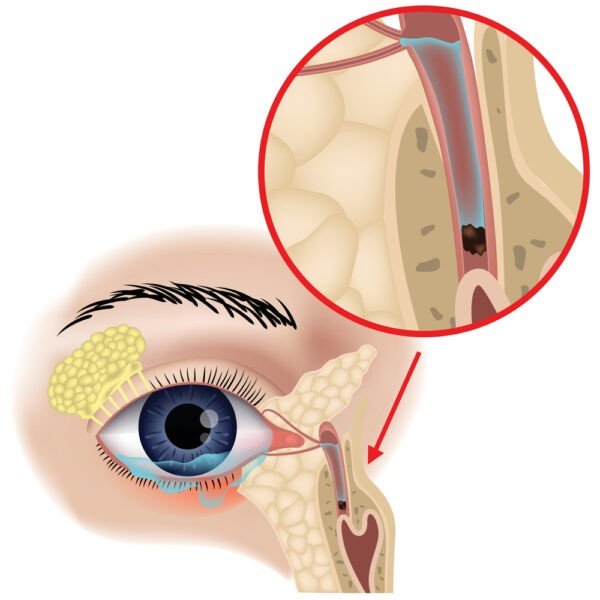
This condition is not uncommon in infants and children and may occur in adults also. It is often the cause of watering the discharge from the eye at birth or soon thereafter.
It is sometimes amenable to medical treatment, but often requires a small operation in which a probe is passed in the tear passages to rupture the obstruction in the passage.(8)
Detachment of The Retina.
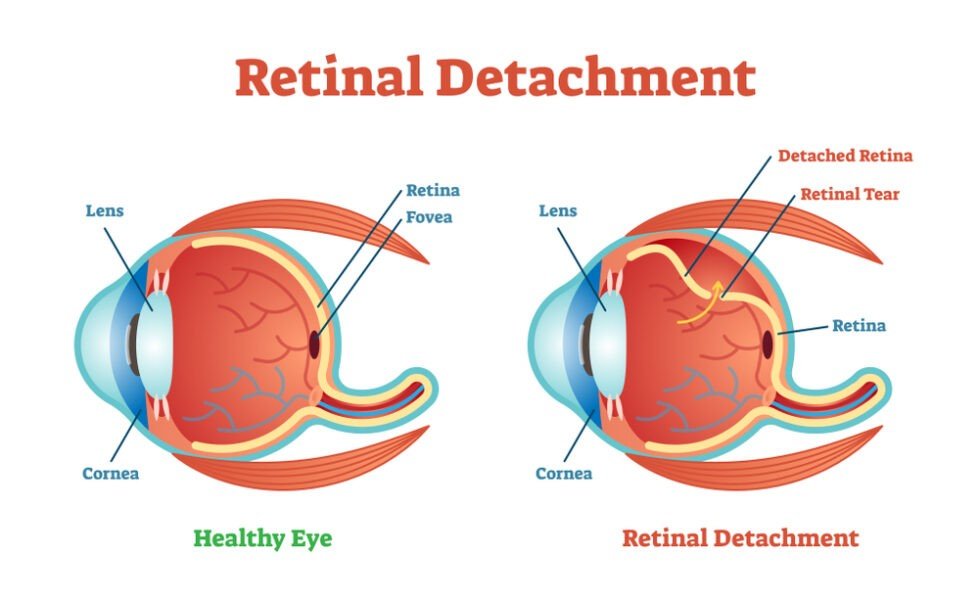
If the retina is thin or degenerated especially in persons with myopia or short sight, it is prone to get detached. Now a days the condition is very amenable to surgical treatment, especially if detected and treated early.
To prevent the retina from getting detached, the weak spots are treated by Cryopexy (cold probe application) or laser photocoagulation which seals the weak areas and thus prevents detachment.
If you see persistent flashes of light, or loss of vision in a particular area, or a large number of dark spots or floaters before the eyes, consult your eye doctor urgently, as they may be signs of impending detachment of the retina.(9), (10)
If you are suffering from diabetes or high blood pressure, get your retina checked periodically, for any retinal changes. These conditions are investigated by Fluorescein Angiography and treated with the help of Argon Laser.
Let us now consider the points essential for the care for the eyes and preservation of eyesight.
Important Tips To Take Care of Your Eyes or What are the Best Ways To Take Care of Your Eyes?
Here are some following eye care tips for beautiful eyes;
- Wash the face and eyes, at least twice a day, with soap and clean water, as part of personal hygiene.
- Do not use another person’s towel, handkerchief etc. to wipe your face and eyes, as this practice exposes you to the risk of catching infections particularly conjunctivitis and trachoma.
- Always avoid scratching and rubbing of eyes, as your hands are never perfectly clean, and can easily transmit infections.
- Do not use ‘Kajal’ or ‘Surma’ as far as possible, as they are seldom prepared under hygienic conditions. If you must use them for cosmetic purpose make sure that you use a clean and separate applicator for each person, as infection is more often transmitted by the applicator.
- Be extremely careful not to let children play with fireworks, except under strict supervision, as some fireworks can cause grave damage or even loss of eyes.
- Certain games such as ‘Gulli-Danda’ or ‘Bows and Arrows’ should be avoided altogether as a flying gulli or arrow can cause irreparable damage to the eye. In both these games, the victim is often a passerby who innocently gets hit and loses his eye. Protective shields or goggles should always be worn by workers exposed to industrial hazards.
- Never look at a Solar Eclipse as it can cause a tiny burn of the retina, resulting in marked damage to the vision. If curiosity gets the better of you, look at it momentarily through a heavily smoked glass and not ordinarily tined lenses or its reflection in water.
- If you suffer from headache, eye-strain or watering to the eyes on reading or seeing movies, it is an indication that you probably need to use spectacles. Do not watch T.V. from a close distance and do not read in vehicles in motion.
- Squint in children should never be neglected as it not only spoils the appearance of the child and gives him an inferiority complex but also causes permanent weakness of the squinting eye.
- To avoid eye-strain you should read in good light, sitting up-right in a chair, and keeping the reading material at a distance of about 14 inches from the eyes. The light should fall from the left side and slightly behind, to avoid a shadow behind, to avoid a shadow on the book and glare in the eyes. Do not read in bed or with the book too close to the eyes.
- Consult your family doctor or an eye specialist immediately in case of sore eyes, eye strain, foreign body in the eye, injury, squint or any other morbid condition. Remember, “A stitch in time saves nine’.
- After 40 years of age it is advisable to consult an eye specialist once a year or so, as many morbid conditions of the eye, such as cataract and certain types of glaucoma are discovered on routine examination.
- To take care of the eyes, avoid eye strain and to build up tone of ocular muscles, one should exercise the eyes by side to side, vertical and rotatory movements, every morning, in cool fresh air.
Bottom Line.
With these effective tips you can easily take care of your eyes properly?. Eye is one of the most important organ in our body. Without it no one can see this beautiful world. Therefore, to avoid any kind of problems follow these tips. Besides, whenever something major happens always consult with your doctor.
+21 Sources
Freaktofit has strict sourcing guidelines and relies on peer-reviewed studies, educational research institutes, and medical organizations. We avoid using tertiary references. You can learn more about how we ensure our content is accurate and up-to-date by reading our editorial policy.
- Prevalence and risk factors of active trachoma among primary school children of Amhara Region, Northwest Ethiopia : https://journals.lww.com/ijo/Fulltext/2020/68050/Prevalence_and_risk_factors_of_active_trachoma.15.aspx
- Acute bacterial conjunctivitis-A case report : https://www.researchgate.net/publication/326479838_Acute_bacterial_conjunctivitis-A_case_report
- New research on cataract surgery in order to improve health care : https://www.eurekalert.org/pub_releases/2020-10/uog-nro100220.php
- Prevalence of Cataract in an Older Population in India : https://www.ncbi.nlm.nih.gov/pmc/articles/PMC3146699/
- CLINICAL TRIALS : https://www.mayo.edu/research/clinical-trials/diseases-conditions/glaucoma
- Landmark Glaucoma Studies: Key Findings and Treatment Lessons : https://www.aao.org/eyenet/article/landmark-glaucoma-studies-key-findings-treatment-l
- Update on squint and amblyopia : https://www.ncbi.nlm.nih.gov/pmc/articles/PMC539363/#
- Congenital Nasolacrimal Duct Obstruction (CNLDO): A Review : https://www.ncbi.nlm.nih.gov/pmc/articles/PMC6313586/
- Primary Retinal Detachment Outcomes Study Report Number 2: Phakic Retinal Detachment Outcomes : https://pubmed.ncbi.nlm.nih.gov/32312634/
- A Retrospective Clinical Study of the Etiology and Post-operative Visual Outcome of Rhegmatogenous Retinal Detachment : https://www.ncbi.nlm.nih.gov/pmc/articles/PMC4129346/
- Everything you need to know about the occipital lobe : https://www.medicalnewstoday.com/articles/occipital-lobe
- Eye exercises: Some tips and techniques : https://www.medicalnewstoday.com/articles/327524
- Synoptophore : https://www.haag-streit.com/haag-streit-uk/products/campaigns/hs-uk-distributor-pages/synoptophore/
- Radial Keratotomy (RK) : https://www.miamicontactlens.com/conditions/radial-keratotomy-rk/
- What is YAG Laser Capsulotomy Recovery Like? : https://www.newvisioneyecenter.com/cfiles/blogs/NVBlog_010119.cfm
- Squint vs Pseudosquint : https://eyescreen.cordlifetech.com/squint-vs-pseudosquint
- Orthoptic exercises : https://www.barraquer.com/en-uae/treatment/orthoptic-exercises
- Cryopexy : https://dmei.org/services-specialties/retina-vitreous/cryopexy/
- What Is Photocoagulation of the Retina? : https://www.medicinenet.com/what_is_photocoagulation_of_the_retina/article.htm
- Fluorescein Angiography : https://www.healthline.com/health/fluorescein-angiography
- What Is an Argon Laser Used for in Ophthalmology? : https://www.medicinenet.com/what_is_an_argon_laser_used_for_in_ophthalmology/article.htm

